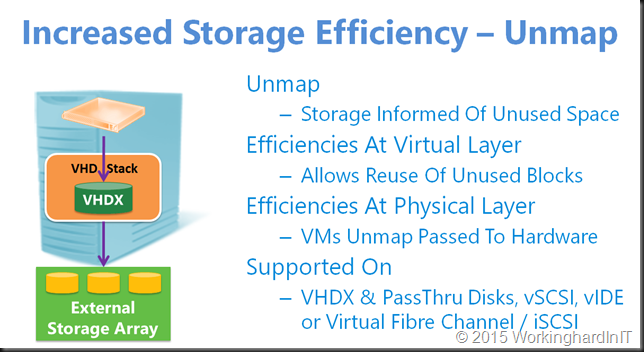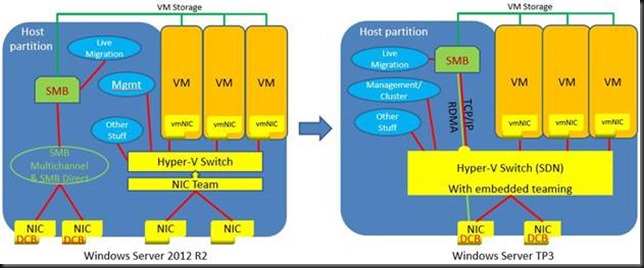The cloud is not failing. That’s the good news. Now for the bad.
Many people complain about the mess their cloud usage has become and how cloud sales people did not tell them to read the small print. As a business, whether for profit or a non profit you need people in charge with a reasonably amount of intelligence and a drive to push the organization forward, not just themselves. You can not take the easy way out, pocket your pay check and let the “details and annoying technicalities” to your employees. Basically you’re saying “screw you” to them so don’t be surprised when that works both ways. If your cloud projects are failing is due to the same reason your other IT projects were failing. You’re doing it wrong.
In a world of political correctness, this is going to sound harsh. But that’s not the problem. The problem is that you as a business, a manager, a “leader” are failing. You are failing and you’re incapable of dealing with that fact. Because it hurts your sensitivities. Well you are hurting your employees, your customers, your future.
Way to many cloud (private/hybrid/public) projects are done as “self service” or minimal effort projects. There is no design. There is no expertise, experience, knowledge, context or a deeper understanding of the systems, their interactions, capabilities and needs. In this commodity world it just has to work. Nothing just works. Deal with it. If you don’t put value on the above that’s how things end up.
Cloud project in many environments look way too much like a classic house where they bolted on new fashioned extensions without a clue about how to do what they were doing. By doing so they ruined the roof, the wiring, the isolation, the functionality and livability. It’s leaking, it’s rotting the house and fungi rule the realm.
You did not get what you paid for but you get exactly what you value: nothing.
It’s not that you don’t spend ridiculous amounts of money. You outsourced all your in house capabilities and expertise and on top of that you’re are paying 3 to 5 times too much for services and “consultants” that have been on your payroll for decade. You don’t even even have the capabilities in house to realize the above anymore. If you do they probably have gone into hiding. You buy over priced shit on a daily basis and are told it’s great and what the industries best practices dictate.
The fallacy that IT, which is the cloud and nothing but the cloud for many today, is nothing but a commodity that has to work out of the box at the cheapest possible price is making you fail. But how could that be? After all it’s just computers in the cloud so you don’t even have to hook up the power and a cable any more. No? These almost absurd simplifications that are in play here are totally pushing aside knowledge, experience, skills, a continuous educational effort. The end result, excellent service to your business and / or customers, dies a thousand small deaths in collateral damage.
You’re deploying cloud solutions without planning, coordination, design, governance, responsibilities, skills and what not. You’ve lost control over your (cloud) IT. You’ve lost control over the data, the access, the backups, disaster recovery, the accounts of the service subscription, everything. These are the essential parts of a functional, maintainable, cost effective and supportable IT environment. This will bite you hard, deep and will perhaps bleed you to death.
This is not the cloud failure. It’s you. If you go about “old school” on premises IT the same way the failures are there as well. So you hate the solutions you pay way too much for, you hate the lousy service and the lack results. You get shafted every day.
The easy fix you come up with is just more of the same. More consulting, more work and responsibility avoiding, more meetings, task forces, more multi year over sized super projects that are doomed to fail because there a more than enough people to take your money form idiots.
How is this possible? Because I way too many places criticism has been banned and died. Meanwhile in that political correct always peaceful and quiet environment real damage is done to people as talent, motivation, money and value is destroyed along with a better future. No one in those places has any skin in the game as you risk more by doing your job than by watching the place go to hell. Good luck!
To any one else: there are real experts out there that can really help you. All you have to do is value results, your business and your clients.







